Home>diy>Planning & Engineering>What Does R30 Zoning Mean
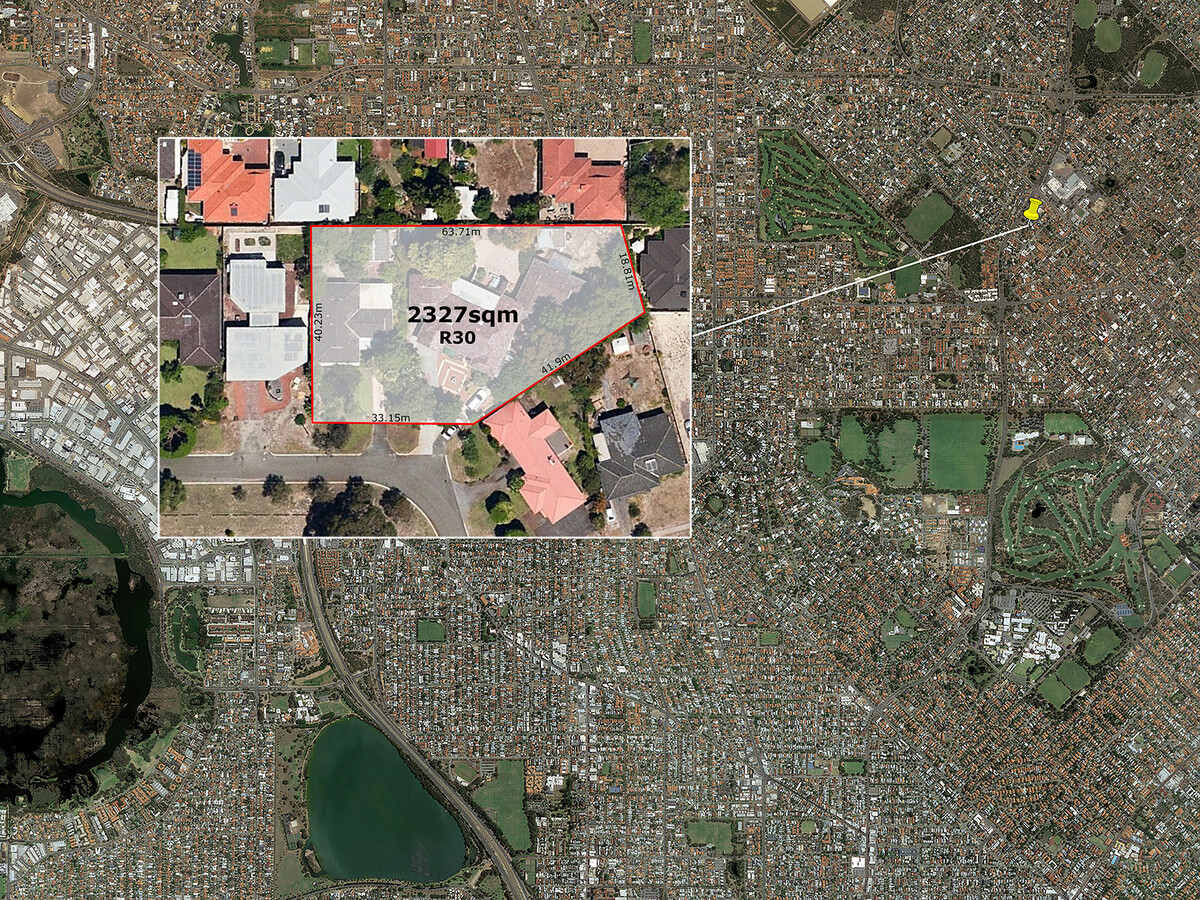

Planning & Engineering
What Does R30 Zoning Mean
Modified: January 9, 2024
Learn the meaning of R30 zoning and how it affects planning and engineering. Enhance your understanding of land use regulations with expert insights.
(Many of the links in this article redirect to a specific reviewed product. Your purchase of these products through affiliate links helps to generate commission for Storables.com, at no extra cost. Learn more)
Introduction: Definition of R30 Zoning – Importance of Understanding Zoning Regulations
When it comes to real estate and urban planning, zoning regulations play a crucial role in shaping the development of communities. Zoning is the process of dividing land into various zones or districts and specifying how each area can be used. One such zoning designation is R30 zoning.
R30 zoning refers to a residential zoning category that allows for the development of single-family homes on lots typically measuring 30,000 square feet. This designation sets specific guidelines and restrictions on land use, density, building heights, setbacks, and other development parameters.
Understanding and adhering to zoning regulations, including R30 zoning, is essential for homeowners, developers, and anyone involved in real estate. Compliance with these regulations ensures orderly and sustainable development, helps protect property values, and preserves the quality of life in neighborhoods.
One of the primary purposes of zoning regulations is to maintain the harmony and function of different areas within a community. By designating specific zones for different uses, such as residential, commercial, industrial, and recreational, zoning helps prevent incompatible land uses from coexisting in close proximity. This separation aims to minimize disturbances, safeguard public health, and promote a desirable living environment.
Zoning regulations also serve as a tool for local governments to manage and guide growth and development. By controlling land use and density, authorities can plan for infrastructure, schools, parks, and other amenities that are essential for supporting a growing population. It also enables the preservation of open spaces, natural resources, and historic areas.
Now, let’s dive into a deeper understanding of R30 zoning and explore the specific requirements and benefits associated with this zoning designation.
Key Takeaways:
- R30 zoning shapes residential neighborhoods, preserving character and property values. Understanding and complying with its regulations fosters balanced, sustainable, and harmonious communities.
- While R30 zoning offers benefits, it can impact property values and affordability. Balancing community needs and individual rights is crucial for inclusive, sustainable neighborhoods.
Read more: What Does Zoning R Mean
Purpose of Zoning: Explanation of Why Zoning Regulations are Implemented – Overview of Different Types of Zoning
Zoning regulations are implemented to achieve several important purposes that contribute to the overall well-being and functionality of communities. These purposes include promoting public health, safety, and welfare, preserving the character of different neighborhoods, ensuring compatible land uses, and fostering balanced development.
One of the primary reasons for implementing zoning regulations is to protect public health and safety. By separating incompatible land uses, such as industrial facilities from residential areas, zoning regulations help mitigate potential risks and hazards. For example, a residential area may be spared from noise, pollution, and safety concerns associated with nearby manufacturing or heavy machinery.
Zoning regulations also play a pivotal role in preserving neighborhood character. Different areas within a community often possess unique attributes, such as architectural styles, cultural heritage, or natural landscapes. Zoning helps safeguard these characteristics by specifying appropriate land uses and design guidelines. This ensures that new development aligns with the established character and aesthetic of a particular neighborhood.
There are various types of zoning districts, each serving specific purposes and accommodating different land uses. Some common types of zoning include:
- Residential Zoning: This type of zoning is primarily designated for housing purposes and can include zones for single-family homes, multi-family dwellings, and mixed-use developments.
- Commercial Zoning: Commercial zones allow for commercial activities such as retail stores, offices, restaurants, and entertainment venues.
- Industrial Zoning: Industrial zones are intended for manufacturing, warehousing, and other industrial activities. These areas typically have strict regulations to address noise, pollution, and safety concerns.
- Recreational/Open Space Zoning: These zones are designated for parks, playgrounds, green spaces, and other recreational activities.
- Historic Preservation Zoning: Historic preservation zones focus on preserving buildings, sites, or areas with historical or cultural significance.
It’s worth noting that these zoning designations can vary from one jurisdiction to another, and specific regulations and requirements may differ. Municipalities may also have additional zoning categories tailored to their unique needs and goals.
Understanding the basics of different zoning types is crucial for homeowners, developers, and investors to make informed decisions and ensure compliance with local zoning regulations. By adhering to the designated land uses for a particular zone, individuals and businesses can contribute to the overall functionality and livability of a community.
Understanding R30 Zoning: Explanation of What the “R30” Designation Means – Restrictive and Permissive Uses in R30 Zones – Requirements for Building and Development in R30 Zones
R30 zoning is a specific residential zoning designation that dictates the allowed land uses, density, and development requirements in a particular area. The “R30” designation signifies that the specified zone is intended for single-family residential use with minimum lot sizes typically measuring 30,000 square feet.
Within R30 zones, certain land uses are permitted, while others may be restricted. Permissive uses typically include single-family homes, some home-based businesses, and other related residential amenities like swimming pools or accessory structures. These permissive uses are considered compatible with the primary purpose of R30 zoning, which is to provide a low-density, single-family residential environment.
On the other hand, some land uses may be restricted or prohibited within R30 zones. These restrictions help maintain the integrity and character of the neighborhood and prevent incompatible uses that could disrupt the residential atmosphere. Common restricted uses in R30 zones may include commercial or industrial activities, multifamily dwellings, and certain types of rental properties.
Aside from land uses, R30 zoning also imposes certain requirements for building and development in these zones. Common requirements may include limitations on building height, setbacks (the distance between buildings and property lines), and lot coverage. These regulations aim to preserve open space, promote privacy, and ensure that new construction aligns with the existing aesthetic and scale of the neighborhood.
Furthermore, R30 zoning may also specify design guidelines that govern the architectural style, materials, and overall appearance of residential structures within the zone. These guidelines help maintain visual cohesion and ensure that new development blends harmoniously with the surrounding homes.
When planning to build or develop within an R30 zone, it is crucial to research and understand the specific regulations and requirements set forth by the local zoning authorities. This includes obtaining the necessary permits, conducting site inspections, and adhering to the approved building plans.
By comprehending the specifications and guidelines of R30 zoning, property owners, developers, and builders can ensure that their projects align with the allowed uses and meet the necessary criteria. This not only helps maintain the intended character of the neighborhood but also presents an opportunity for responsible and sustainable development in accordance with the zoning regulations.
R30 zoning typically allows for single-family homes on lots with a minimum size of 3,000 square feet. It’s important to check with local zoning regulations for specific requirements and restrictions.
Benefits of R30 Zoning: Discussion of the Advantages for Residents and Communities – Preservation of Neighborhood Character – Promotion of Balanced Development
R30 zoning offers several benefits for both residents and communities. This zoning designation plays a crucial role in preserving the character of neighborhoods, promoting a balanced and harmonious living environment, and contributing to the overall quality of life.
One of the significant advantages of R30 zoning is the preservation of neighborhood character. By designating areas for single-family residential use, R30 zoning helps maintain a consistent architectural style, lot size, and overall aesthetic within the neighborhood. This cohesion in housing styles and designs creates a visually appealing and cohesive community that residents can feel proud to call home.
R30 zoning also contributes to the preservation of property values. Single-family residential neighborhoods–as promoted by R30 zoning–are often desirable for families seeking a safe and peaceful environment. The low-density nature of R30 zones helps create a sense of exclusivity and privacy, which can positively impact property values. Residents can enjoy a sense of stability and long-term value appreciation as the neighborhood maintains its character and desirability.
Furthermore, R30 zoning supports the promotion of balanced development within communities. By dedicating specific areas for residential purposes, R30 zoning helps ensure a healthy mix of land uses throughout the locality. It prevents over-concentration of commercial or industrial activities in residential areas, which could lead to issues such as noise pollution, traffic congestion, and reduced livability.
The promotion of balanced development also extends to the preservation of open spaces and natural resources. R30 zoning often includes requirements for setbacks and green space preservation, allowing for the creation and maintenance of parks, private yards, and green areas. These open spaces improve the quality of life for residents by providing places for recreation, relaxation, and an overall sense of well-being.
Additionally, R30 zoning supports a sense of community cohesion. The focus on single-family homes fosters opportunities for neighboring residents to build relationships and form close-knit communities. This promotes social interactions, a sense of belonging, and stronger support networks among neighbors.
Overall, R30 zoning provides numerous benefits for residents and communities. It helps preserve neighborhood character, protects property values, promotes balanced development, and contributes to the overall quality of life. By adhering to R30 zoning regulations, homeowners, developers, and local authorities can work together to create thriving, sustainable neighborhoods that residents are proud to call home.
Challenges and Limitations: Identification of Potential Drawbacks or Limitations – Impact on Property Value and Affordability – Balancing Community Needs and Individual Rights
While R30 zoning offers numerous benefits, it is important to recognize the challenges and limitations that come with this zoning designation. Understanding and addressing these issues is crucial for fostering an inclusive and sustainable community.
One potential drawback of R30 zoning is its impact on property values. The restrictions on density and land use may limit the potential for additional development or creative land use options. This can lead to a limited supply of housing, which in turn can drive up property prices, making it more challenging for individuals and families to afford homes within R30 zones. As a result, the lack of affordable housing options can lead to issues of socioeconomic diversity and housing affordability within the community.
Furthermore, R30 zoning may pose challenges in achieving a balance between community needs and individual property rights. While the regulations aim to maintain neighborhood character and prevent incompatible land uses, they may restrict the rights of property owners to utilize their land for alternative purposes. This can create tension between the desire to protect the community’s interests and the rights of property owners to exercise autonomy over their properties.
Another limitation of R30 zoning is the potential lack of flexibility in meeting changing housing needs and demographics. As housing demands evolve over time, the strict regulations may hinder the ability to adapt to new housing types or accommodate the changing needs of a diverse population. This can limit the availability of housing options and hinder the community’s ability to respond to the ever-changing demands of its residents.
Efforts to balance the preservation of neighborhood character with encouraging affordable housing and meeting changing housing needs can require a delicate and thoughtful approach. Local governments and community planners must continually evaluate and update zoning regulations to address these challenges. This can involve allowing for increased density in certain areas, implementing inclusionary zoning policies, and offering incentives for affordable housing development.
It is also essential to engage in community dialogue and involve residents in decision-making processes to ensure that the diverse needs and opinions are considered. This can lead to more inclusive zoning regulations that reflect the values and aspirations of the community as a whole.
While R30 zoning has its limitations, it is important to recognize the benefits it provides in terms of maintaining neighborhood character and promoting a balanced living environment. By acknowledging and addressing the challenges, communities can work towards creating zoning regulations that strike a balance between preserving community interests and fostering a thriving and inclusive neighborhood for all residents.
Read more: What Does R4 Zoning Mean
Conclusion: Summary of Key Points Discussed in the Article – Importance of Complying with R30 Zoning Regulations
In conclusion, R30 zoning plays a vital role in shaping the development and character of residential neighborhoods. By understanding the fundamentals of R30 zoning and complying with its regulations, homeowners, developers, and communities can reap numerous benefits while ensuring a harmonious and sustainable living environment.
Throughout this article, we have explored the definition of R30 zoning and its significance in urban planning. We discussed the purpose of zoning regulations and the different types of zoning, emphasizing the importance of understanding and adhering to these regulations.
By understanding R30 zoning, property owners can comprehend the specific requirements and land use restrictions within these zones. We delved into the meaning of the “R30” designation, the permissive and restrictive uses within R30 zones, and the building and development requirements.
We also highlighted the benefits of R30 zoning. This zoning designation helps preserve neighborhood character, protecting property values and maintaining a cohesive architectural style. It promotes balanced development by segregating land uses and safeguarding open spaces, as well as fostering a strong sense of community and social interaction.
However, it is important to consider the challenges and limitations that come with R30 zoning. These challenges include the impact on property values and affordability, as well as the need to balance community needs and individual property rights. Finding a balance between community interests and individual autonomy is crucial in creating inclusive and sustainable neighborhoods.
In conclusion, complying with R30 zoning regulations is essential for the orderly and responsible development of residential areas. By adhering to these regulations, homeowners and developers can contribute to the preservation of neighborhood character, the promotion of balanced development, and the overall quality of life in the community.
Understanding the intricacies of R30 zoning and actively participating in community discussions and decision-making processes are key in creating zoning regulations that reflect the needs and aspirations of the community as a whole.
In summary, R30 zoning provides a framework for creating vibrant and desirable neighborhoods. By embracing its benefits, addressing its limitations, and working together, communities can achieve a harmonious and sustainable balance that enhances the quality of life for all residents.
Frequently Asked Questions about What Does R30 Zoning Mean
Was this page helpful?
At Storables.com, we guarantee accurate and reliable information. Our content, validated by Expert Board Contributors, is crafted following stringent Editorial Policies. We're committed to providing you with well-researched, expert-backed insights for all your informational needs.
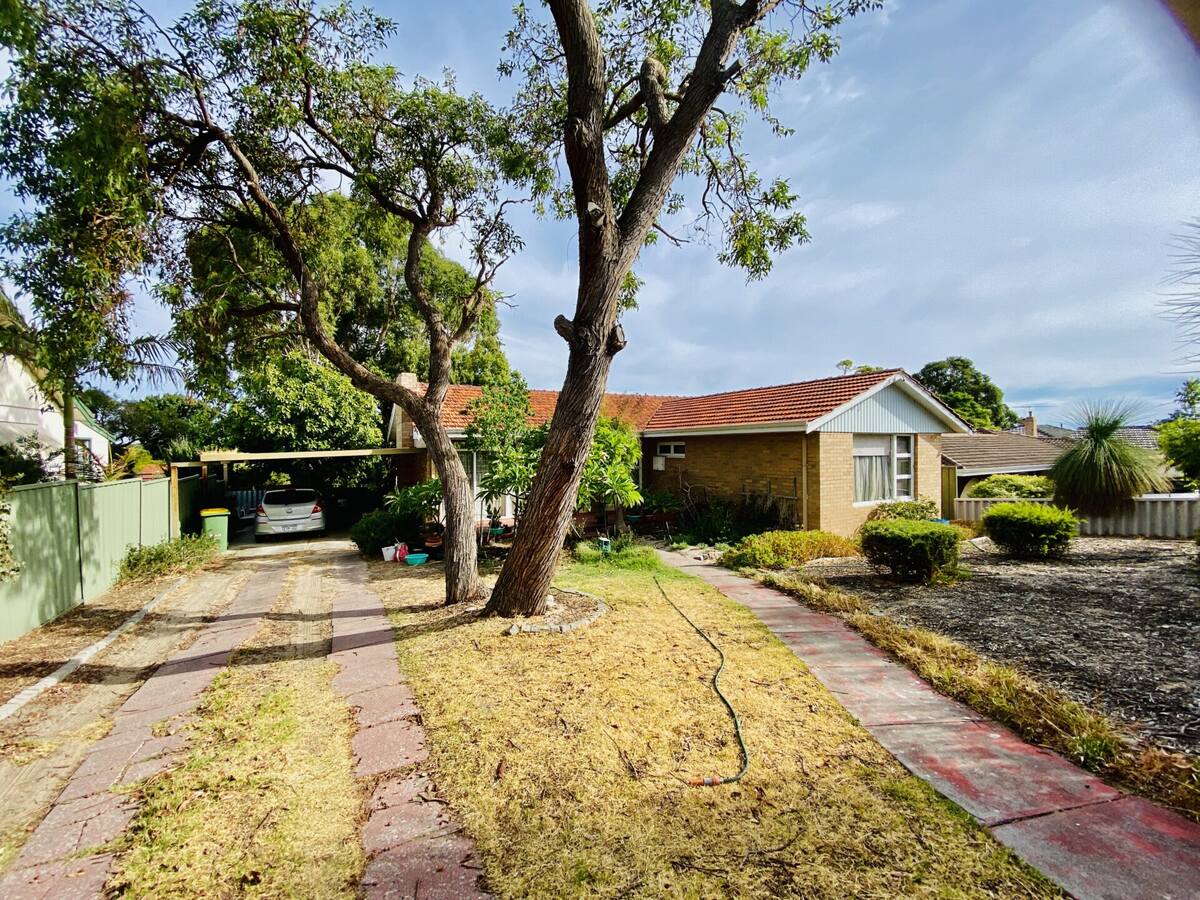
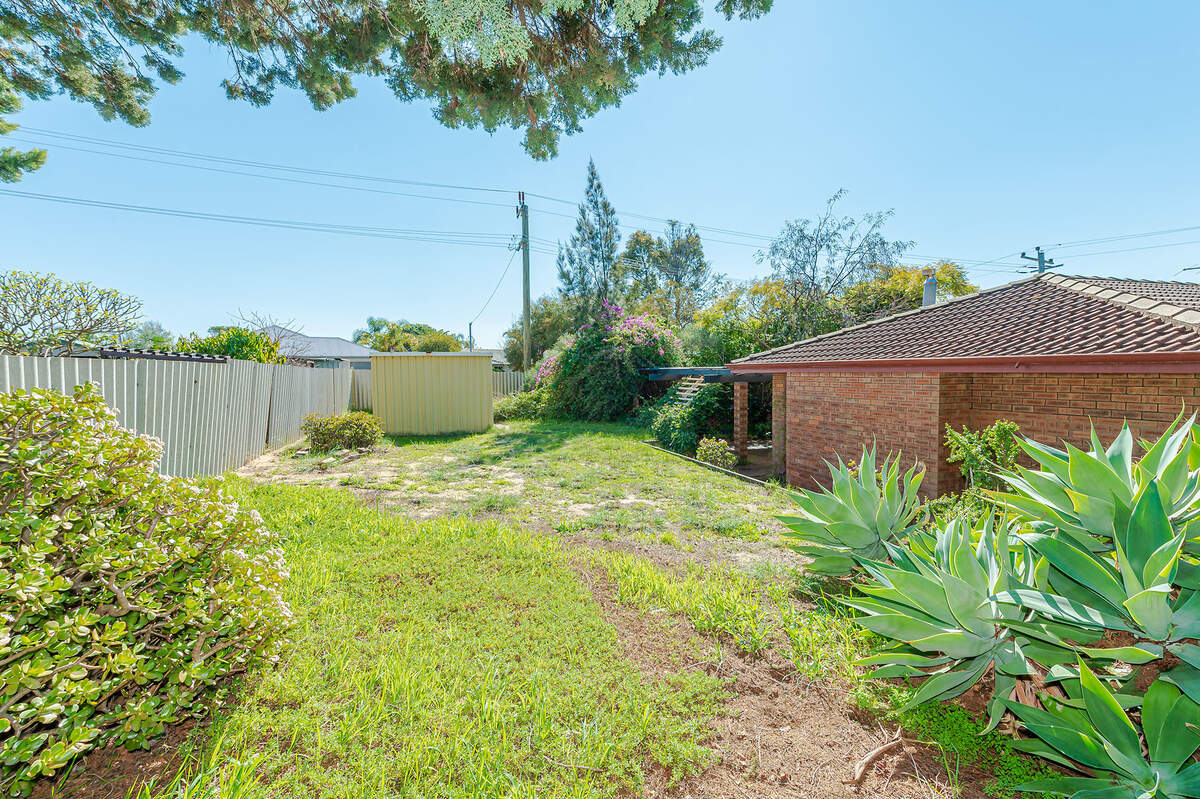
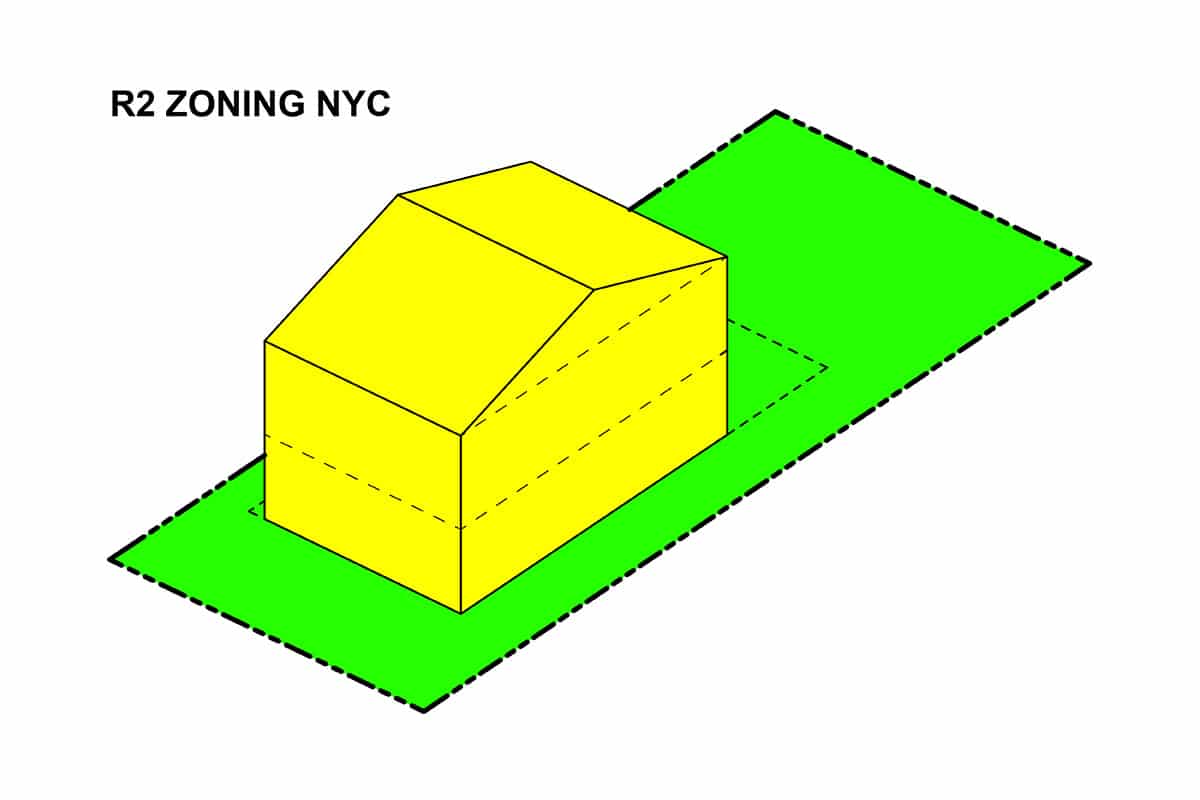
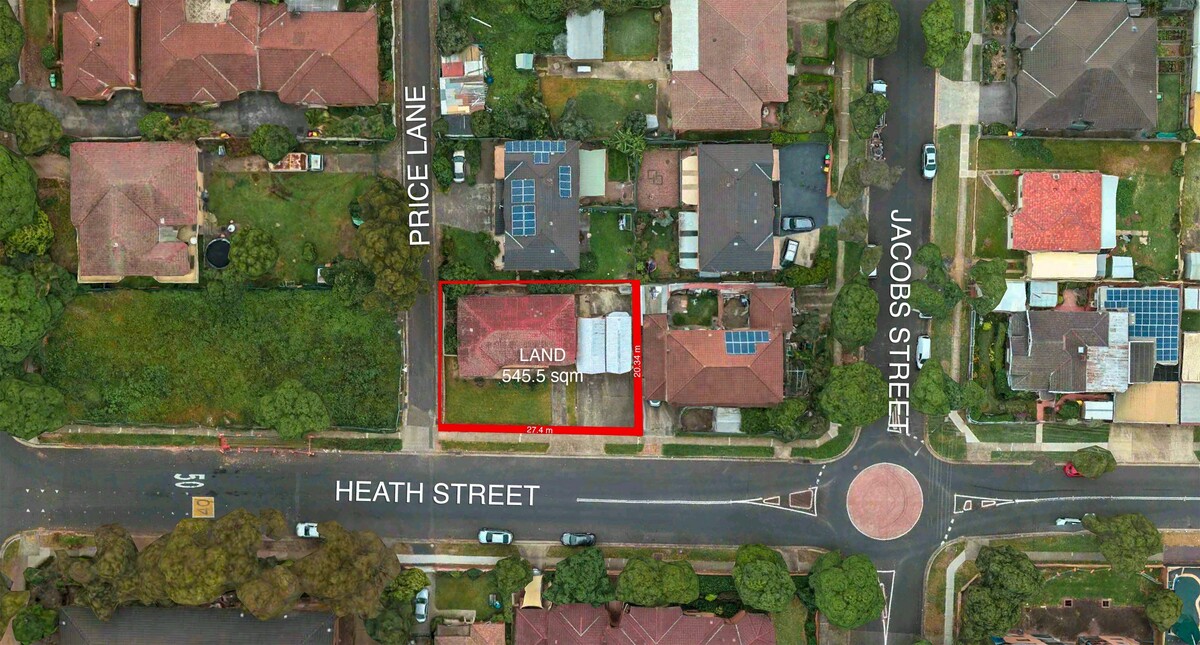



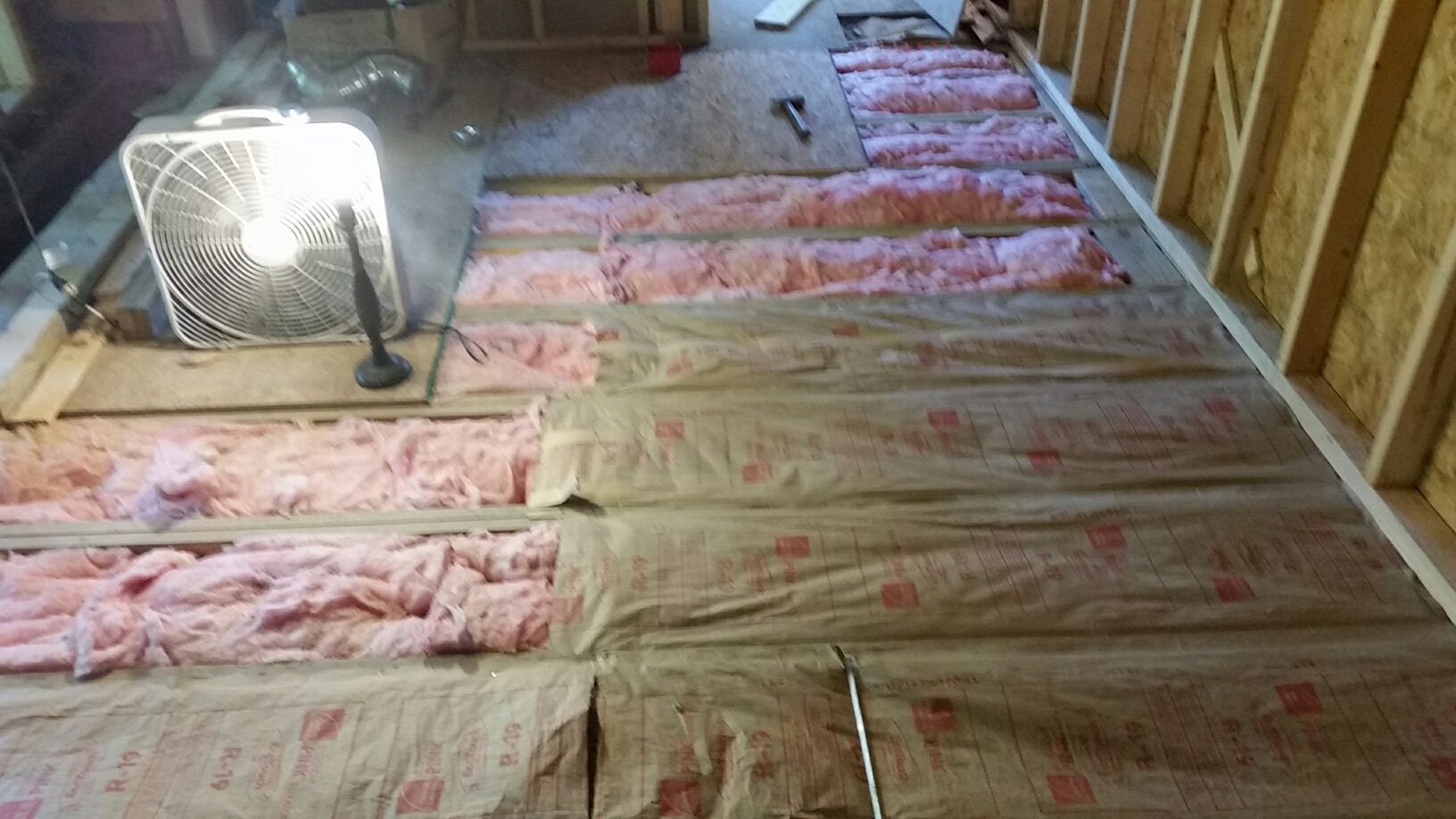



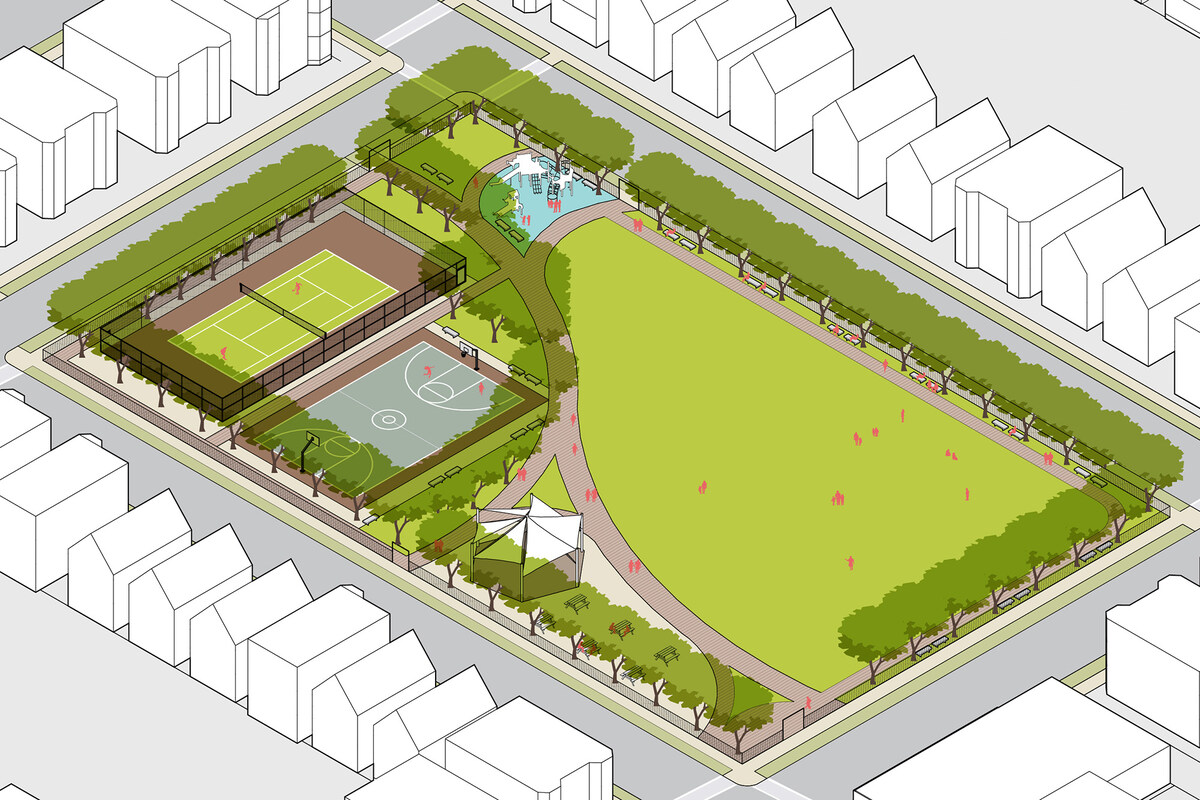
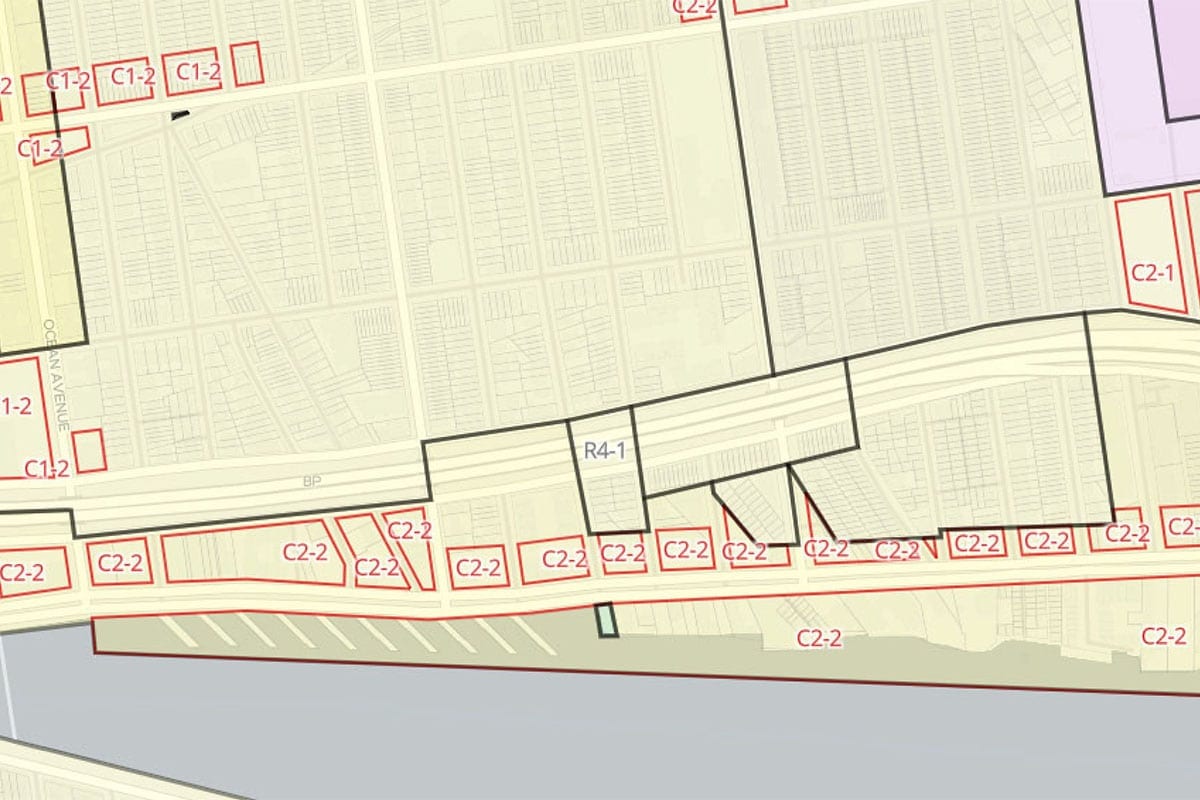


0 thoughts on “What Does R30 Zoning Mean”